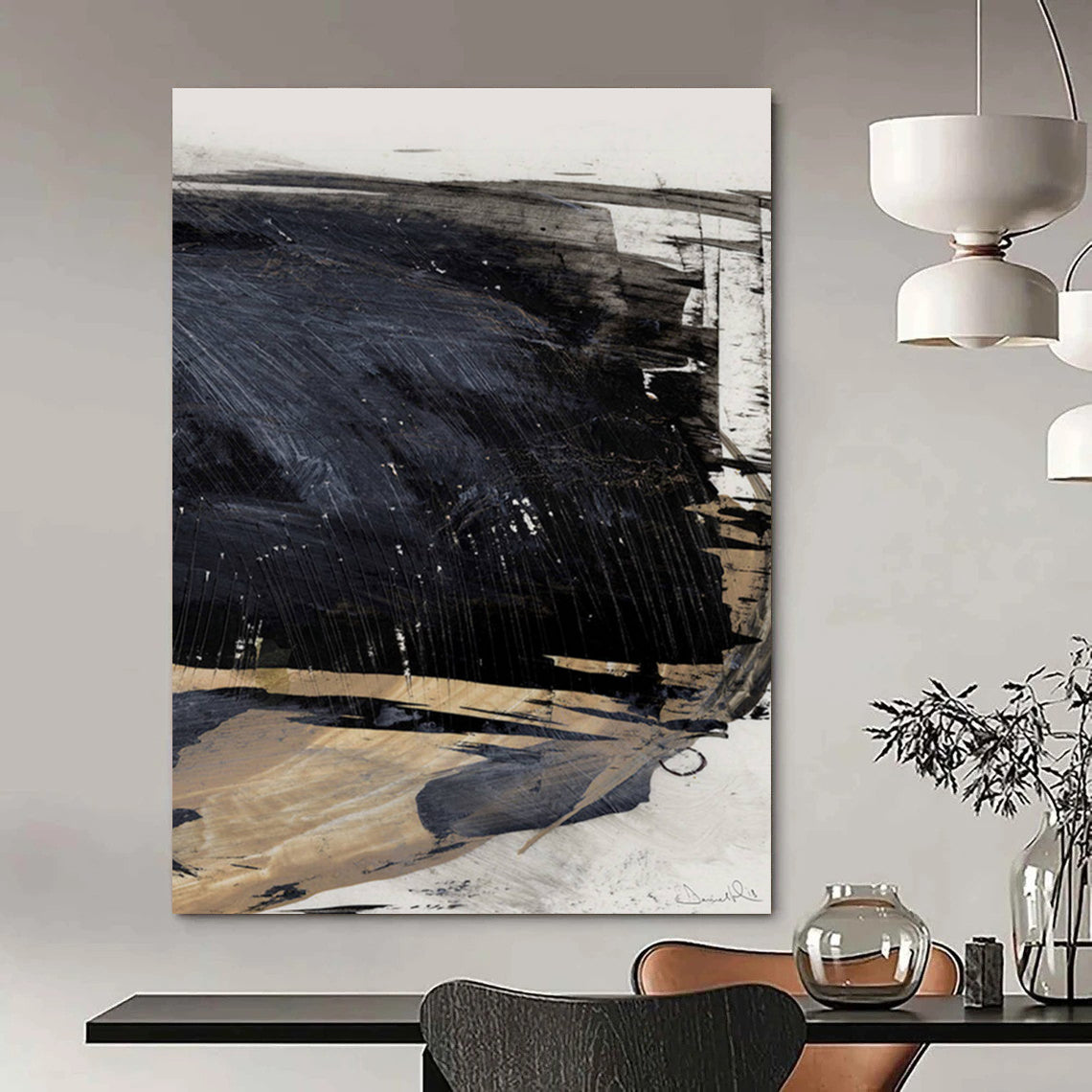The Enigmatic Depths of Gray Abstract Art
In contemporary art, Gray Abstract Art embodies a subtle yet profound exploration of tone, texture, and form within a restrained color palette. Far from simple, this style invites deep contemplation by emphasizing the nuanced interplay of light and shadow, evoking emotions ranging from tranquility to mystery.
Gray Abstract Art in the Context of Abstract Expressionism
Abstract art, emerging in the early to mid-20th century, broke away from representational forms to explore pure artistic expression through color, shape, and line. Among the foundational movements, Abstract Expressionism, which gained dominance in New York City after World War II, was defined by dynamic gestures and emotional intensity, led by artists such as Jackson Pollock, Willem de Kooning, Franz Kline, and Mark Rothko. The Metropolitan Museum of Art houses exemplary works of these pioneers, showcasing their monumental paintings and intimate works on paper, capturing the energy and spiritual depth of this movement.
Gray abstract art shares with Abstract Expressionism a focus on mood and sensation but often through a more muted, restrained palette. While expressionists like Rothko sometimes harnessed color fields to stir emotion, the use of gray allows contemporary artists to explore subtle contrasts and texture, drawing attention to composition and materiality without the distraction of bold color.

Influential Artists and the Power of Gray
Some of the most impactful abstract painters engaged with limited color ranges to reveal the emotional and formal capacity of neutral tones.
Pierre Soulages, known as “the painter of black,” demonstrates how monochromatic palettes can produce rich visual textures and dynamic reflections, reinforcing that depth emerges from light interacting with textured surfaces rather than color alone. Mark Rothko occasionally focused on darker, muted palettes including gray to evoke contemplative, almost meditative emotional states through soft-edged rectangular forms that pulse with an inner light.
Though these artists are not limited to gray, their work influences contemporary gray abstract artists who emphasize layered brushwork, tonal gradations, and surface texture for expressive impact.
Contemporary Gray Abstract Art in Interior Design
Gray abstract works blend seamlessly with modern interior aesthetics thanks to their balance of subtlety and sophistication. They complement minimalist, industrial, and contemporary decors, providing a versatile artistic focal point without overwhelming a space. The muted tones bring a sense of calm and timelessness that enhances living and working environments.
Artists today use various techniques to develop gray abstract art, experimenting with layering, texture, and form to create evocative compositions. These works often emphasize the sensory qualities of paint and surface, inviting viewers to experience quiet complexity and emotional depth.
Further Reading and Resources on Abstract Art and Gray Tones
For those interested in exploring abstract art and the nuanced role of gray, the following high-authority resources offer in-depth knowledge and insights.
Explore the development and impact of Abstract Expressionism at The Metropolitan Museum of Art’s detailed exhibition overview: Epic Abstraction: Pollock to Herrera.
Learn about the psychological effects of color, including the subtle emotional power of gray, in art psychology overviews such as those featured on Psychology Today: The Psychology of Color in Art.
Review contemporary abstract painting techniques that inspire gray abstract artists at tutorials and educational sites such as Art Is Fun: Abstract Painting Techniques Explained.
Discover how abstract art integrates into modern interior designs with expert views on Architectural Digest: Integrating Abstract Art in Home Decor.
To gain broader context, The Met’s essays on Abstract Expressionism offer rich perspectives on the movement that informs much of gray abstract art’s ethos: Abstract Expressionism - The Metropolitan Museum of Art.
FAQ
What is Gray Abstract Art?
Gray Abstract Art refers to abstract artworks created primarily with a palette of gray tones and their subtle variations. It emphasizes form, texture, and light interaction, creating evocative, contemplative visual experiences without relying on bright colors.
Why is gray important in abstract painting?
Gray enables artists to highlight composition, depth, and texture with emotional subtlety. It acts as a neutral yet powerful medium to explore contrast and mood, often bringing serenity or introspection to the artwork.
Who are significant artists related to gray abstract art?
While not exclusive to gray, Pierre Soulages and Mark Rothko exemplify how limited palettes can convey deep emotion and formal innovation, influencing contemporary gray abstract artists.
How does gray abstract art fit into home decor?
Its neutral tones make gray abstract art highly adaptable to diverse interior styles, from minimalist to modern. It adds elegance and emotional nuance without clashing with existing color schemes.
Where can I see famous abstract expressionist works?
The Metropolitan Museum of Art holds an outstanding collection of Abstract Expressionism, including works by Pollock, Rothko, de Kooning, and others, accessible via their online collection and exhibitions.
This collection, along with modern gray abstract works, continues to influence artists and art lovers worldwide.

